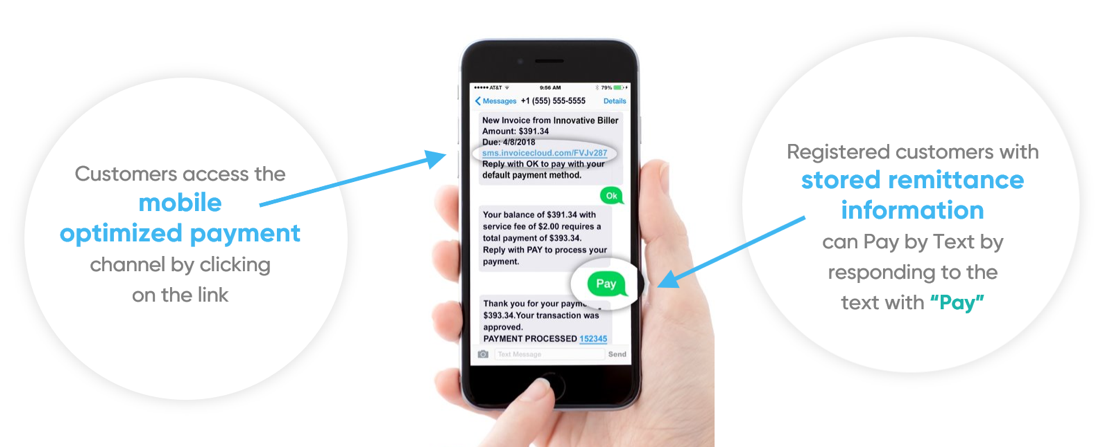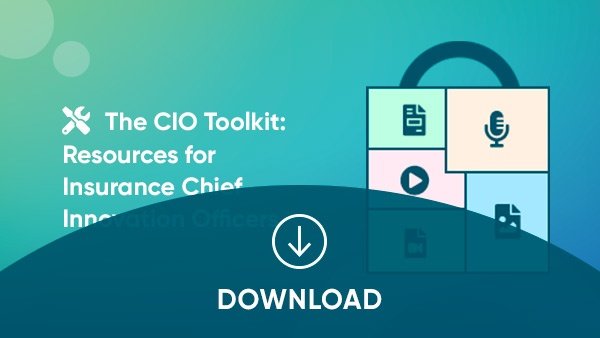The what and why of achieving a goal -- also known as strategy -- are the easy part. It is in the how, or execution, where the hard work comes in and where success is ultimately determined.
It is therefore no surprise that while the goal of modernizing data and analytics operations in insurance is nothing new, advancing along this path has remained elusive for many re/insurers. Legacy challenges, resource constraints and inefficiencies in organization and infrastructure all conspire to limit progress. Fortunately, RGA's journey proves that data modernization can indeed be achieved and that the resulting efficiencies make it well worth the effort.
Collaboration: Setting the Stage for Transformation
A vital first step to this data transformation is collaboration between business and IT teams. By understanding the roles and responsibilities required for successful decision making between the two teams, insurers can create a collaborative environment fostering innovation and sustainable growth. The business owner is tasked with defining problems and success criteria and dedicating analytical resources to develop solutions, including a self-service model. In parallel, IT owners propose suitable tools, manage technology partner resources and execute the company's technology strategy.
At RGA, this partnership model enabled the business side to set expectations early for a desired future state and IT to make proposals around approaches to get there. This ensured alignment and facilitated allocation of necessary resources such as dedicated IT staff -- a common challenge for emerging technology initiatives. At the same time, our IT teams were challenged to ensure consistency with the broader enterprise architecture when proposing solutions to foster end-to-end organizational alignment and integrated, sustainable upgrades. Bringing the business and IT teams together has led to collaboration beyond the initial scope of the project scope and elevated continuing business-as-usual interactions.
See also: Characteristics of an Effective Change Agent
Overcoming Legacy Challenges
Legacy data systems in life insurance are often plagued by duplication, inconsistent tooling and inefficient processes. Combating this starts with constructing datasets at their most basic level, thus curtailing the need for subsequent aggregation and enabling scalability to accommodate future analytical needs and prevent data redundancy. It is also important to clarify data ownership roles by installing functional data leads and data owners, ensuring responsibilities transfer smoothly across functions while aligning with internal policy, regulatory obligations and contractual arrangements. Finally, tool selection must focus on an end-to-end architecture that benefits the entire organization.
At RGA, data modernization began with acknowledging that legacy issues hindered adaptability to analytical demands. We redefined data ownership, invested strategically in technology tools and phased out legacy systems in favor of scalable solutions that considered downstream integrations to maximize the reusability of analytical code. Key principles guiding this modernization process included:
Source of Truth: Establishing a single source of truth for core datasets at the most foundational level, devoid of premature aggregation, ensures all downstream processes are fed uniformly and accurately.
Self-Service Analytics: Empowering business units with tools and capabilities to independently access and analyze data reduces dependency on IT and accelerates decision making.
Scalability: Prioritizing scalability in technology investments to meet future demands diminishes current limitations and unlocks the potential business value.
Active Monitoring: Continuously tracking expenses, usage and process efficiency enables iterative improvement and fosters formalization of repeatedly used processes.
Advancing Data Centricity
The resulting framework at RGA integrates data from multiple sources through a "data fabric," a centralized repository for curated datasets for which access is managed and secured, yet readily available as needed. The data fabric supports a robust analytical database that enables self-service and the generation of business processes by users other than IT, supporting ad-hoc initiatives while also monitoring expenses and usage. Layered on top of this are advanced analytical capabilities and business intelligence, leveraging the speed and efficiency provided by the underlying analytical database to derive insights.
Just as important as the technology is the realignment of roles within the organization. RGA introduced data leads within key functions, such as operations and underwriting, to outline the analytics strategy for their respective domains. The data operations (Data Ops) team executes these strategies, ensuring seamless integration and coordinating cross-functional initiatives. Overseeing it all is the chief data officer, who works with senior leadership to align the overarching data strategy with the company's vision and to ensure investment generates desired business value. These roles are complemented by partnerships with IT, change management, legal and other technology partners.
See also: Winning Back Reinsurers' Confidence
Avoiding Pitfalls and Achieving Success
As with any transition, life re/insurers must navigate potential pitfalls in their modernization journey, and RGA was no different. Challenges encountered that can now serve as a guide for others include:
Environment Integration: Migrating from on-premises to a cloud environment demands careful planning to ensure seamless co-existence and transition.
Strategic Alignment: Technology investments should align with the broader business strategy.
Comprehensive Solutions: Integration must be end-to-end, avoiding piecemeal approaches that can lead to systemic incongruence, while enabling a future state of accelerated technology enhancements.
Expense Management: Monitoring expenses can help avoid unexpected cost overruns and enable the retirement of unused processes.
Change Management: Prioritizing and investing in change management, focused on both systems and the people who interact with them, facilitates adaptation and uptake.
Despite the typical challenges of any major technology enhancement, RGA's modernization journey proved well worth the effort. Resulting efficiencies yielded significant improvements in system run times -- often 10 to 100 times faster. The process also produced a much stronger relationship between IT and the business, with clearly defined roles for data and analytics leads. Expense management and enhanced approval processes are now embedded in day-to-day operations. And an advanced security model further safeguarded the transformation, empowering business units to operate autonomously and securely. Teams now devote less time to constructing analytical models and datasets and more time to interpreting them for business insights.
Conclusion
For life insurers contemplating a path toward data modernization, RGA's journey offers a potential blueprint. It emphasizes early and clear expectation setting, fully funded and business-aligned IT proposals and a symbiotic business and IT collaboration. This blueprint underlines the importance of overcoming data challenges, investing in scalable and agile systems and continuously monitoring and refining processes.
Through data modernization, life insurers can achieve data fluency, drive business value and pave the way for an analytics-driven future. The key lies in an unwavering commitment to innovation, robust planning and a collaborative spirit that stretches across organizational functions.























